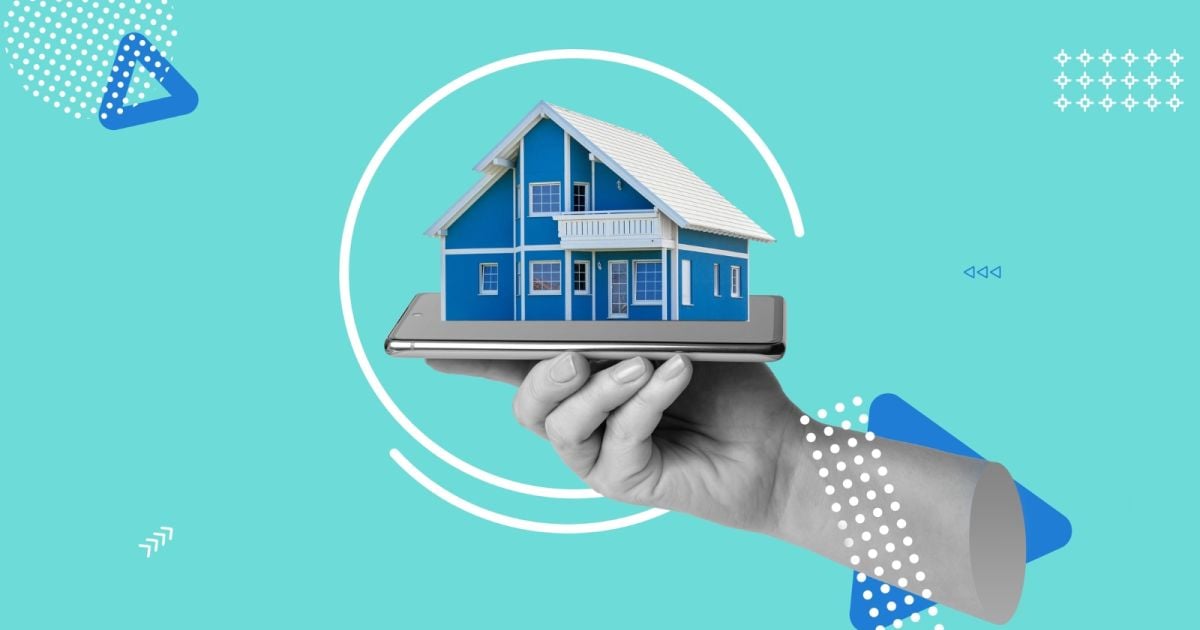In recent years, the concept of smart homes has gained immense popularity, promising convenience, efficiency, and enhanced security. With the integration of advanced technologies like artificial intelligence and the Internet of Things (IoT), smart homes have transformed the way we live. However, amidst the excitement and convenience, there lies a hidden danger that demands our attention. In this article, we will delve into the biggest danger of smart homes, exploring the vulnerabilities that can compromise our privacy, security, and even physical safety.
- Privacy Invasion:
One of the most significant concerns surrounding smart homes is the potential invasion of privacy. As these homes are equipped with various interconnected devices, they constantly collect and transmit data about our daily activities. From voice commands to personal preferences, our private information becomes susceptible to unauthorized access. Hackers or even the manufacturers themselves could exploit this data, leading to breaches of personal privacy and potential misuse. - Cybersecurity Risks:
Smart homes heavily rely on internet connectivity, making them vulnerable to cyber attacks. With the increasing number of connected devices, each acting as a potential entry point, hackers can exploit security loopholes to gain unauthorized access. Once inside, they can manipulate devices, steal sensitive information, or even launch larger-scale attacks on other connected systems. The consequences can range from financial loss to compromised personal safety. - Physical Safety Hazards:
While smart homes aim to enhance safety, they also introduce new risks. The interconnectivity of devices means that a single vulnerability can compromise the entire system. For example, a hacker gaining control over the security cameras or door locks could enable unauthorized access to the house. Malfunctions in automated systems, such as faulty smoke detectors or malfunctioning appliances, can also pose threats to physical safety. The reliance on technology alone without proper fail-safes can lead to dire consequences. - Lack of Standardization:
The smart home industry lacks a unified set of standards and protocols, resulting in compatibility issues and potential security gaps. Different manufacturers often use proprietary systems that may not communicate effectively with one another. This lack of standardization makes it difficult to ensure the security and seamless integration of devices from different brands, leaving room for vulnerabilities and potential exploitation. - Dependency on Technology:
As smart homes become more prevalent, there is a growing concern about the over-reliance on technology. In the event of a power outage, system failure, or even a simple malfunction, the entire home automation can be rendered useless. This dependency on technology can leave occupants helpless and vulnerable, especially in emergency situations where manual control or backup systems are needed.
Conclusion:
While smart homes offer numerous benefits, it is crucial to acknowledge and address the potential dangers they pose. Privacy invasion, cybersecurity risks, physical safety hazards, lack of standardization, and over-dependency on technology are the key areas that demand attention. By understanding these risks and implementing robust security measures, we can ensure that the promise of smart homes is realized without compromising our privacy, security, and well-being.


